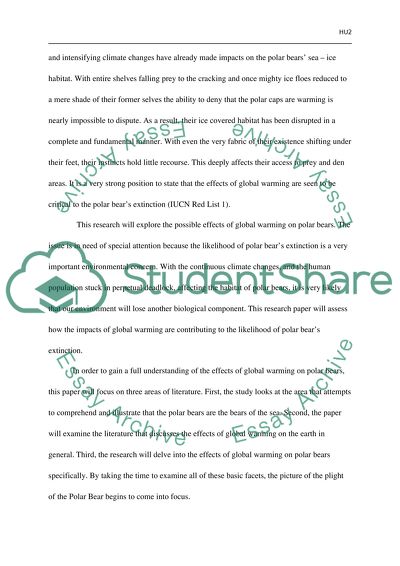Cite this document
(“The Effects of Global Warming on Polar Bears Research Paper”, n.d.)
Retrieved from https://studentshare.org/environmental-studies/1394717-the-effects-of-global-warming-on-polar-bears
Retrieved from https://studentshare.org/environmental-studies/1394717-the-effects-of-global-warming-on-polar-bears
(The Effects of Global Warming on Polar Bears Research Paper)
https://studentshare.org/environmental-studies/1394717-the-effects-of-global-warming-on-polar-bears.
https://studentshare.org/environmental-studies/1394717-the-effects-of-global-warming-on-polar-bears.
“The Effects of Global Warming on Polar Bears Research Paper”, n.d. https://studentshare.org/environmental-studies/1394717-the-effects-of-global-warming-on-polar-bears.


